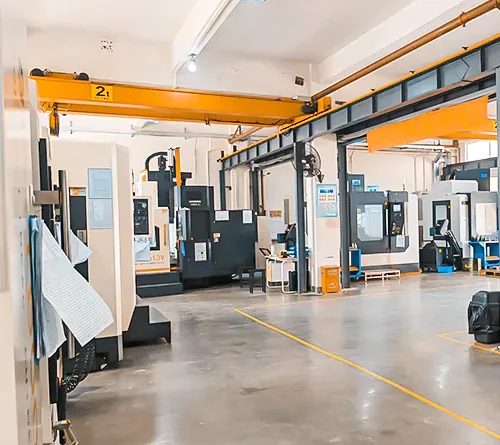Mastering Precision: Low Volume Machining Techniques
Introduction:
Low volume machining is a specialized manufacturing process that caters to industries requiring limited quantities of precision parts and components. While high-volume production dominates many manufacturing sectors, low volume machining plays a pivotal role in meeting the needs of niche markets, prototyping, and customized solutions. This article explores the world of low volume machining, its significance, techniques, and applications.
I. The Significance of Low Volume Machining:
Low volume machining serves as a bridge between prototyping and mass production. It offers several key advantages:
- Cost Efficiency:
- Minimized tooling costs compared to mass production.
- Economical for small production runs or unique components.
- Quick Turnaround:
- Rapid prototyping and production for small batches.
- Reduced lead times, aiding in product development.
- Customization:
- Tailored solutions for specific requirements.
- Ideal for industries such as aerospace, medical devices, and automotive aftermarket.
II. Essential Techniques in Low Volume Machining:
- Computer Numerical Control (CNC) Machining:
- Utilizes computer-controlled machines for precise cutting.
- Versatile and adaptable to various materials, including metals, plastics, and composites.
- 3D Printing/Additive Manufacturing:
- Layer-by-layer construction of low volume machining from digital designs.
- Perfect for prototypes, one-offs, and complex geometries.
- Wire Electrical Discharge Machining (EDM):
- Uses electrical discharges to cut intricate shapes in conductive materials.
- Ideal for intricate or fragile components.
- Waterjet Cutting:
- Utilizes high-pressure water streams mixed with abrasive particles.
- Suitable for cutting a wide range of materials without heat-affected zones.
- Swiss Machining:
- Highly precise method for small, intricate parts.
- Often used in medical, aerospace, and watchmaking industries.
III. Applications of Low Volume Machining:
- Aerospace Industry:
- Prototyping and manufacturing of specialized components.
- Maintenance, repair, and overhaul (MRO) of aircraft parts.
- Medical Device Manufacturing:
- Custom implants, surgical instruments, and prosthetics.
- Low volume production of medical equipment.
- Automotive Aftermarket:
- Replacement parts for vintage cars or limited-production models.
- Customization of performance components.
- Defense and Firearms:
- Precision machining of firearm components.
- Niche market for custom gunsmithing.
- Consumer Electronics:
- Prototyping and low volume production of unique electronic gadgets.
- Customized casings and components.
Conclusion:
Low volume machining is the unsung hero of manufacturing, providing cost-effective solutions and precision for industries that demand small quantities of specialized components. As technology advances and customization becomes more prevalent, the significance of low volume machining will continue to grow. Whether you’re in aerospace, healthcare, automotive, or any other industry, embracing low volume machining can unlock new possibilities and elevate the quality of your products. It’s a testament to the marriage of craftsmanship and modern technology in the manufacturing world.




